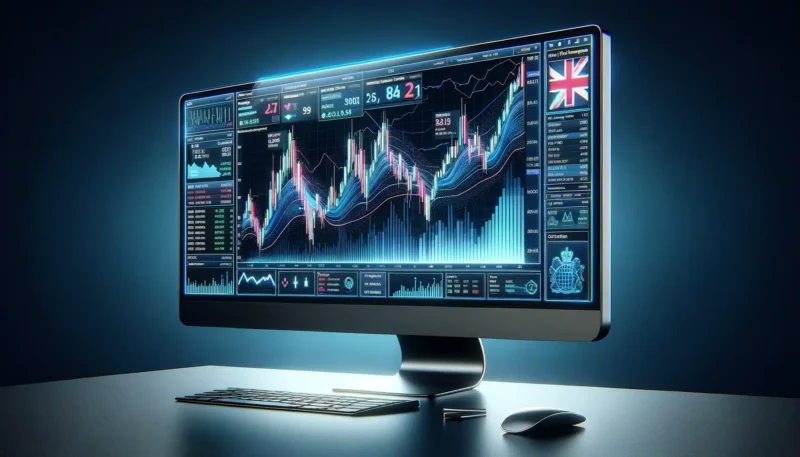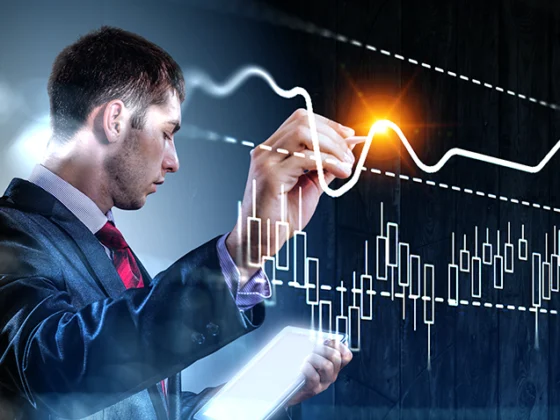Automated trading has emerged as a powerful tool, captivating investors with the promise of leveraging algorithms to execute trades at lightning speed. However, while the allure of quick profits is enticing, its crucial to navigate this complex landscape with care.
Many traders dive headfirst into automated trading systems, only to stumble upon pitfalls that can jeopardize their investments. From misconfigured parameters to over-reliance on backtested strategies, the journey can be fraught with unexpected challenges.
In this article, we will explore common mistakes that both novice and seasoned traders often make, providing insights and strategies to not only avoid these traps but also to refine your approach for sustained success in the dynamic world of automated trading. Whether youre looking to refine your existing system or are just starting, understanding these potential missteps is key to harnessing the true potential of automation in trading.
Lack of Proper Testing

One of the most common pitfalls in automated trading systems is the lack of proper testing, which can lead to disastrous outcomes. Imagine deploying a strategy that looks great on paper—charts filled with promising data and rosy projections—only to have it crash spectacularly in real-market conditions.
Insufficient backtesting fails to account for the multitude of factors that influence trading environments, from sudden market volatility to unexpected news events. Moreover, overly optimistic assumptions during the testing phase can create a false sense of security.
Traders often forget that past performance does not guarantee future results. Therefore, it’s imperative to rigorously test your algorithms across diverse market conditions and time frames to identify their strengths and weaknesses before unleashing them in the wild.
This meticulous preparation isn’t just a suggestion; it’s a critical step toward establishing a robust trading framework.
Ignoring Market Conditions

In the realm of automated trading, one of the most critical missteps traders often make is disregarding prevailing market conditions. Its easy to get carried away with algorithms that promise historical profits, but without considering the broader economic landscape, traders can find themselves sailing into uncharted waters.
For instance, a system that thrived during a bullish market may falter in the face of newfound volatility or economic downturns, leaving traders astounded by unexpected losses. Moreover, fluctuating interest rates, geopolitical events, and sudden shifts in consumer sentiment can all pivot market dynamics swiftly and unpredictably.
Therefore, keeping a pulse on these variables is essential; it informs strategy adjustments and helps mitigate risks that an unyielding automated system might overlook. Balancing algorithmic precision with an awareness of the ever-evolving market currents is not just wise but crucial for sustainable trading success.
Over-Reliance on Technology

In the fast-paced world of automated trading, an all-too-common pitfall is the tendency to lean excessively on technology, imagining it can be a panacea for market challenges. While algorithms and AI-driven models can indeed process vast amounts of data faster than any human ever could, they are not infallible; they require careful oversight and adjustment.
Traders may become seduced by the allure of instant gratification, believing that once a system is up and running, their job is done. However, this oversight can lead to disastrous consequences—market conditions change, unexpected correlations arise, and without human intuition and strategy, a once-promising trading plan can quickly spiral into chaos. Ultimately, a balanced approach that combines technological advantages with human insight is essential to navigate the unpredictable tides of the trading world effectively.
Conclusion
In conclusion, avoiding common mistakes in automated trading is essential for maximizing success in the financial markets. By conducting thorough research, selecting a reliable automated trading system, and implementing robust risk management strategies, traders can increase their chances of achieving consistent profitability.
Additionally, remaining vigilant and adaptable to market changes is crucial to maintaining an effective trading approach. By applying the insights discussed throughout this article, traders can enhance their automated trading experience and mitigate potential pitfalls, ultimately leading to more informed and confident trading decisions.


